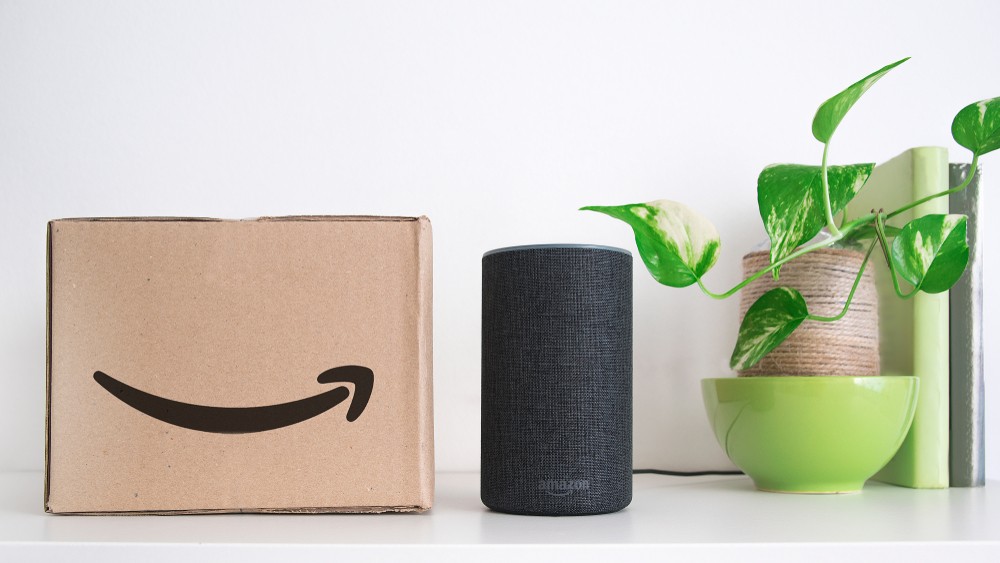Precision and Reach: Why Streaming TV is a Powerful Weapon for DTC Brands
TV streaming is more intricate than you or your watching habits probably realize, which is why you need a video production services company. When it comes to advertising and marketing, Direct to Consumer (DTC) brands are best known for sponsored social media posts and banner ads. This makes perfect sense, given their low overhead and …
Precision and Reach: Why Streaming TV is a Powerful Weapon for DTC Brands Read More »










